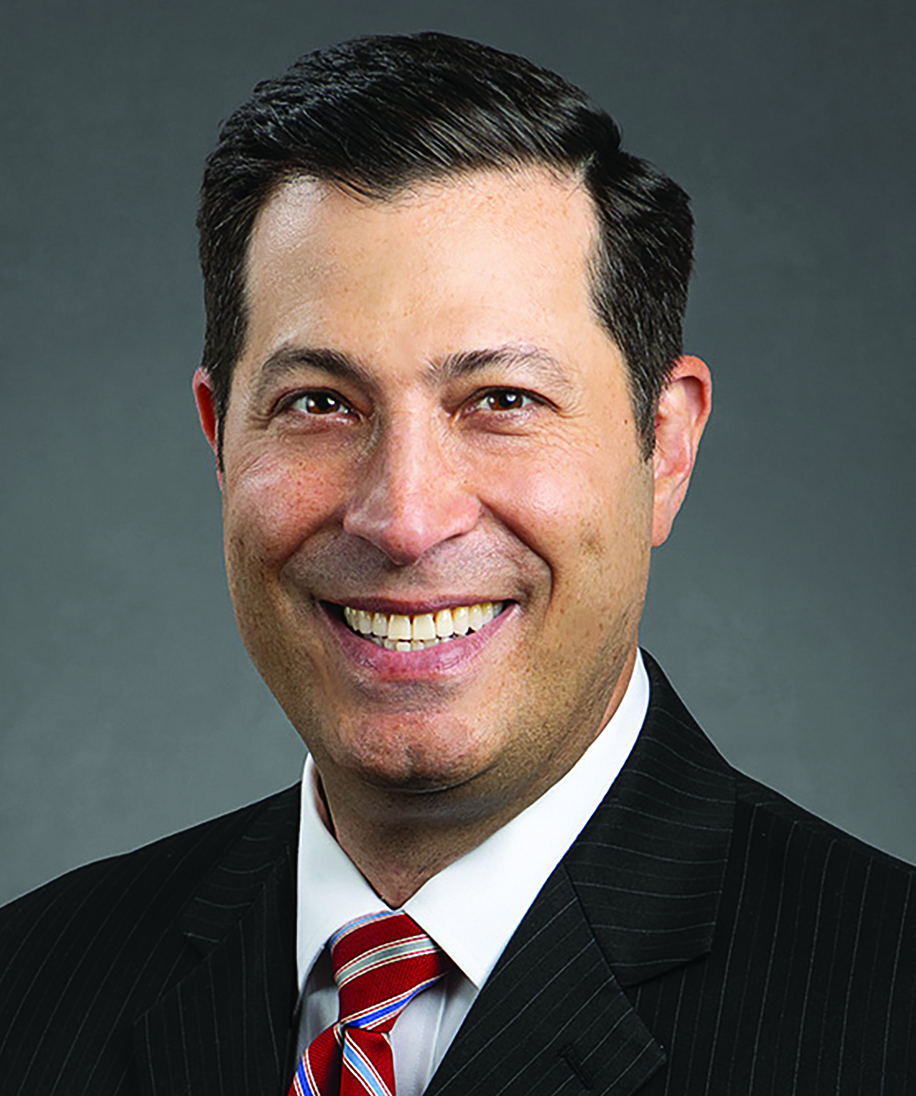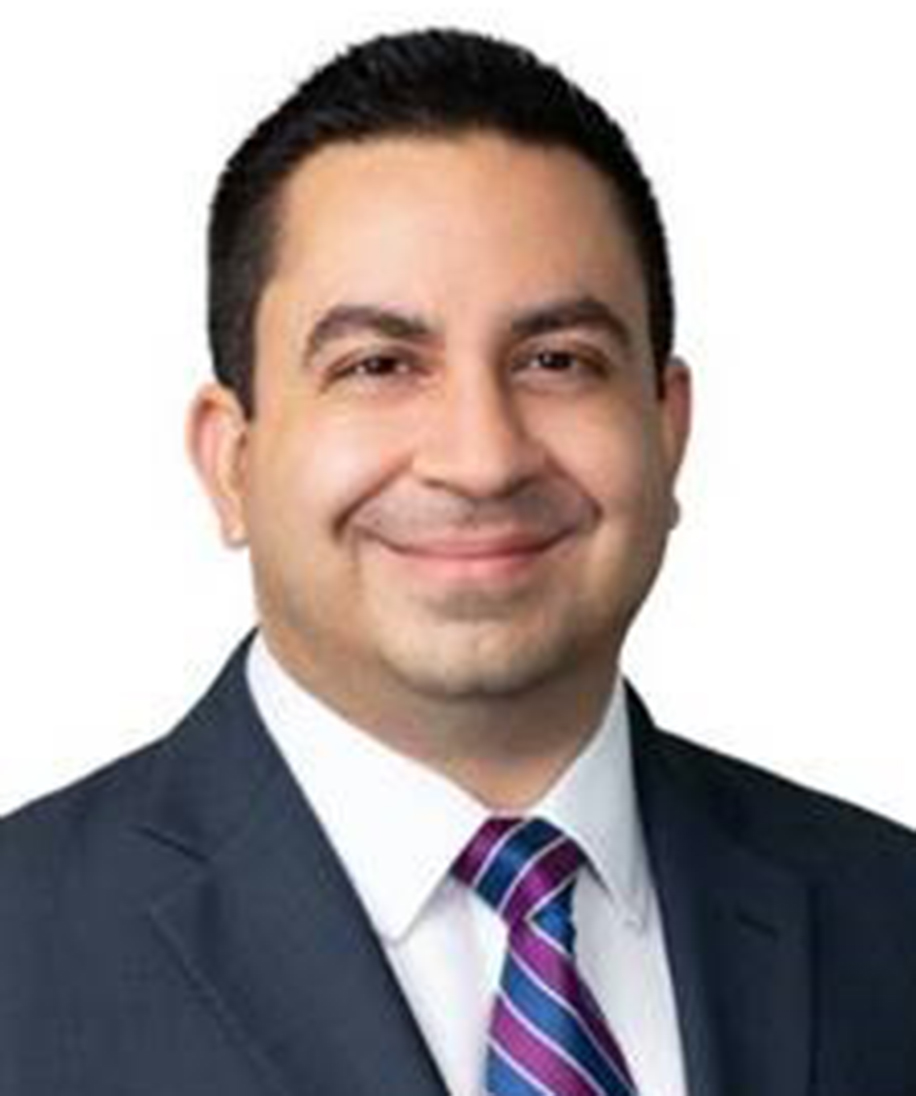Client Alert
New York DOL Issues Proposed Regulations on HERO Act’s Workplace Safety Committees
January 06, 2022
By Marc E. Bernstein,Emily R. Pidot,& Kaveh Dabashi
As we previously reported, New York enacted the Health and Essential Rights Act (the “HERO Act”) in May 2021 as part of the state’s COVID-19 response. The HERO Act imposes certain health and safety obligations on private employers in New York, most notably the adoption of an airborne infectious disease exposure prevention plan.
The HERO Act also requires that employers with at least ten employees permit the creation of a joint labor-management workplace safety committee. This committee is authorized to (1) raise health and safety concerns to the employer; (2) review and provide feedback on any workplace policies required by the HERO Act or the workers’ compensation law; (3) review adoption of any workplace policy responsive to a governmental health or safety directive; (4) participate in site visits by governmental agencies responsible for health and safety standards; (5) review any report filed by the employer related to the health and safety of the workplace; and (6) regularly schedule a meeting during work hours at least once a quarter.
On December 22, 2021, the NYDOL issued proposed regulations that preview the agency’s vision for the committee’s formation and operation. The proposed regulations (available here) address several issues, such as:
Which employees count for purposes of the 10-employee threshold?
The HERO Act states that only employees who work within New York State are counted for purposes of triggering the workplace safety committee requirement. The proposed regulations clarify that part-time, newly hired, temporary, and seasonal employees are included in this count along with full-time employees. In addition, employees jointly employed by more than one employer should be counted by each employer, “whether or not they are on the employer’s payroll records[.]”
How is the Committee established?
A committee is established at a worksite following a written request for committee recognition by at least two non-supervisory employees who are employed at the worksite (single-employee requests may be combined to meet the two-employee threshold). Employers must respond to each request “with reasonable promptness,” with no specific deadline. Within five days after recognizing the committee, the employer must notify all employees at the worksite regarding the recognition.
Who can be part of the Committee, and how are members chosen?
The HERO Act requires that the committee maintain a 2-to-1 ratio of non-supervisory employees to employer representatives, and that the committee be co-chaired by a non-supervisory employee and an employer representative. The proposed regulations clarify that a committee can have a maximum of 12 members, or one-third of the total number of employees at a worksite, whichever is fewer. Worksites with fewer than 10 employees are capped at a 3-member committee.
Where a collective bargaining agreement governs, the collective bargaining representative will select the non-supervisory employee members. Where a collective bargaining agreement does not govern, the non-supervisory employees can choose members in any manner they see fit, such as self-selection or elections. Employers can choose their own representatives with no specific restrictions.
What rules govern the Committee?
A committee can establish its own operating rules and procedures, as long as the rules and procedures are otherwise lawful. In the absence of such rules and procedures, the committee “may take action only by majority vote.”
Committee meetings must be scheduled so as not to “unreasonably conflict” with the employer’s business operations, and may be conducted “at least once per quarter for not longer than two work hours in total for all meetings per quarter.” Time spent during work hours in the meeting is considered “hours worked” for purposes of the wage laws.
What are an employer’s specific obligations?
Once a committee is established, the employer must (1) timely respond, in writing, to each safety and health concern raised by the committee; (2) timely respond to a request for policies or reports that relate to the committee’s duties; (3) provide notice (where practicable and not prohibited by law) to the committee ahead of any visit at the worksite by a governmental agency enforcing safety and health standards; (4) appoint an employer representative to the committee to act as co-chair; (5) permit committee members to attend a meeting for up to two hours per quarter, as well as an official training as scheduled by the committee, which time is considered “hours worked”; and (6) refrain from interfering with the performance of the committee’s duties.
Next Steps
For now, these are only proposed regulations. After a public hearing on February 9, 2022, the NYDOL will work towards finalizing the regulations. In the meantime, employers should review their HERO Act plans with an eye toward compliance with the proposed regulations.
Contributors


